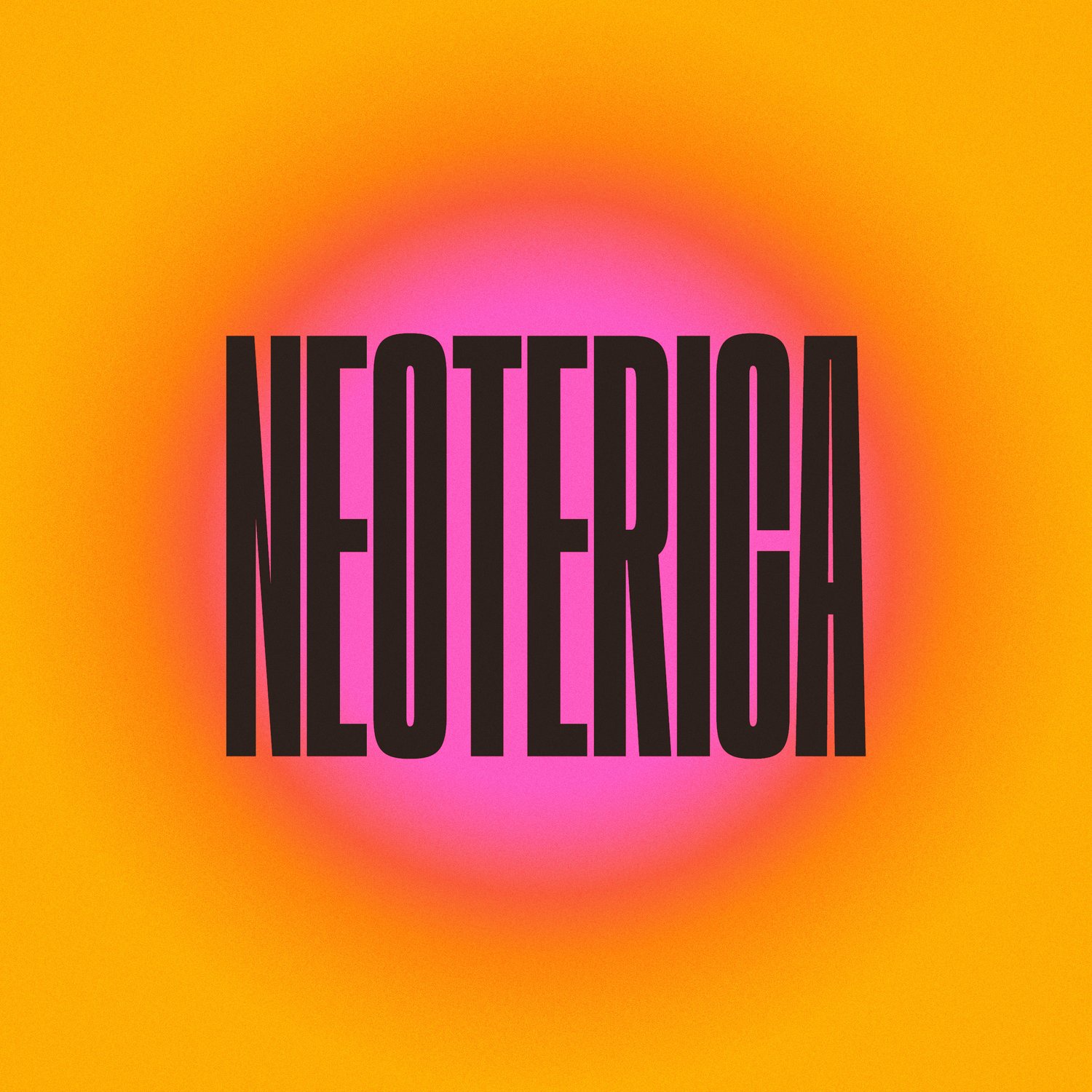Paul Gazzola
Image: Heidrun Lohr
Paul Gazzola writes about Sarah Tickle in Neoterica 2024.
Empowerment and value
The insightful mashup video and installation practice of artist and self-described cinephile Sarah Tickle exposes the viewer to the language of cinema as an artistic medium and the politics of what for many can be overlooked in the grandeur of the screen. Working in the league of innovative Australian artists Tracey Moffatt and siblings Dan and Dominique Angeloro, aka Soda Jerk, Tickle sets herself distinctly apart through the sole use of moving images of women to create powerful responses to female gender non-conformity and the prevailing patriarchal systems via a distinctly feminist lens.
What follows is a short extract from a longer interview about her latest 2 screen video installation STORM CENTER.
P: Tell me about this new work and the underlying concepts?
S: In all my projects, I aim to highlight certain characters, as a way to get the audience to see and connect with them like I do. STORM CENTER presents two distinctive tropes that involve woman in a cinematic space. ‘Final Girls’, a term coined by Professor Carol J. Clover that references the strength and resilience of the last woman standing in horror movies. And ‘fridging’ a literary trope by writer Gail Simone, that was inspired by a green lantern comic where the male protagonist finds his girlfriend killed and stuffed into the refrigerator. Utilized now as a basic plot device in cinematic narratives, ‘fridging’ justifies the males rampage at the expense of the female’s death. The montage of these two screen-based works, placed in a wide v, aims to expose the relation between woman as the most valued and the most disposable.
P: I understand that ‘fridging’ is endemic in cinema?
S: Oh yes. The Vanishing, Memento, Dark Knight, Sherlock Holmes, The Prestige, Spiderman 2, Harry Potter, On His Majesty’s Secret Service... to name some of the more than 50 films I know of. Deadpool 2 exposed ‘fridging’ as a concept outside of the cinema world. The director said he didn’t even think about it. I was left wondering, have we not come any further than this?
P: Can you speak about the notion of empowerment that drives your work?
S: Film is a universal language, and the public is highly literate. It’s a very recognisable medium. We all have cameras. We all in some way edit images. Movies allow us to understand life from another’s perspective. And as it was for me, to find myself and be ok with who I was.
P: Are you always working with dual concepts?
S: My strategy of connecting two visuals in counterpoint is something that I work with constantly. It motivates the choices I make through an evolving process.
P: Are you locked in by any rules?
S: What I do is transformative which allows me to freely choose examples. The only issue is that the work will get flagged on YouTube. Previously I used anything. But now my interest is in using high-grade material from blue-ray or HD sources, limiting my accessibility.
P: Do you think we are drowned in cinema?
S: God, I hope not.
Paul Gazzola is an interdisciplinary artist, writer and curator working in the expanded field of visual and participatory art practice, video, installation and scenography. He is also the current Artistic Director / CEO of OSCA – Open Space Contemporary Arts. Over the last 35 plus years, his projects and written works have been commissioned and presented in Australia and Internationally, within a diverse range of festivals, events and journals. Originally trained as a carpenter, he has undertaken formal studies in architecture and dance and is a qualified Feldenkrais practitioner. Selected texts and publications; SUE 17 & 19 - OSCA publication, SA; On the Bait Fridge - Fine Print Magazine, SA; Collectors/ Collections - OSCA publication, SA; Etcetera Journal, Belgium, SEAM, NSW, Temporary Art Gallery - Self-published, SA, Coming Soon, Berlin, Return To Sender, NSW; Dance/Metropolis/ Province Yearbook, Berlin.

